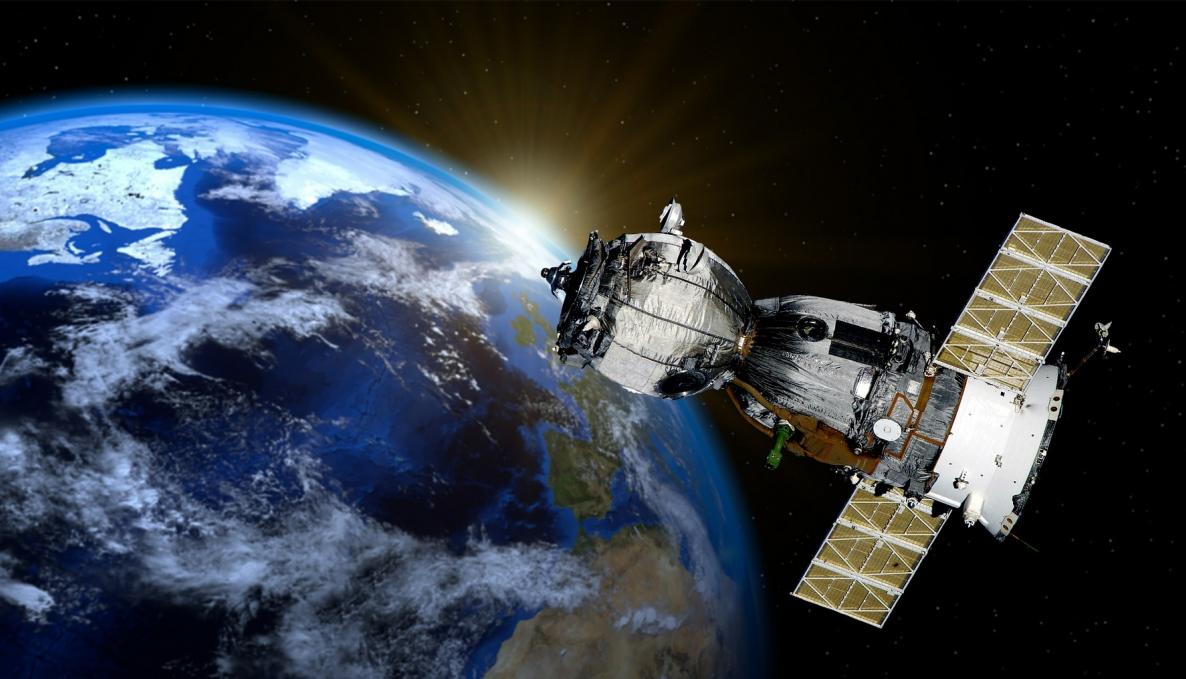ON-ORBIT systems using optical wireless communication: SANT’ANNA school researchers coordinate the “TOWS” project funded by ESA for new satellite applications

The “Transmission of Optical Wireless signals for telecom Spacecrafts” (TOWS) project funded by the European Space Agency (ESA) will develop space-based optical communications onboard a satellite. Researchers will focus on the Optical Wireless Communication (OWC) systems using the unexploited portion of the spectrum frequencies. Almost 700,000 euros ESA funding was allocated for the TOWS project under the supervision of Professor Ernesto Ciaramella of the Sant’Anna School TeCIP Institute. The Thales Alenia Space company joined the partnership.
Academia and industry continue to explore Optical wireless communications (OWC) because of the capability of this technology to achieve high data rates. As the radio-frequency spectrum is now too crowded to handle the increasingly high demand for data rates, the optical band offers a promising solution to the bandwidth limitation. Practical applications include free-space optical communication for backhaul links between base-stations, and for ground-to-satellite/satellite-to-ground and inter-satellite communication. These applications include visible-light communication to establish Light-Fidelity access and positioning.
The OWC technology as a viable alternative to RF-based wireless communication offers almost unlimited bandwidth, inherent security, reduced interference, high scalability and lower costs especially when compared to cable-based technology. Optical transmission sources, due to their low power requirements, exploit the bandwidth available within the visible light band. In 2013, OWC system communications successful demonstration was launched between a satellite in lunar orbit and a ground station. The TOWS project will investigate methods for minimizing background illumination and its impact on performance. This new on-orbit technology aims to demonstrate the feasibility of using optical links in satellite space missions.
“Over the years, the Sant’Anna School research team working in Pisa has studied OWC systems and demonstrated innovative thinking in terrestrial free space optical communications – Ernesto Ciaramella said. The OWC systems have a great potential for additional security in deep space environment despite the high link losses. This recent resurgence of interest is due to the potential for immense wireless bandwidth resources. The main challenges for space systems are receiver sensitivity and system efficiency in these long distances so novel solutions are required to ensure the technology is sufficiently robust to achieve data rates of higher reliability levels”.



